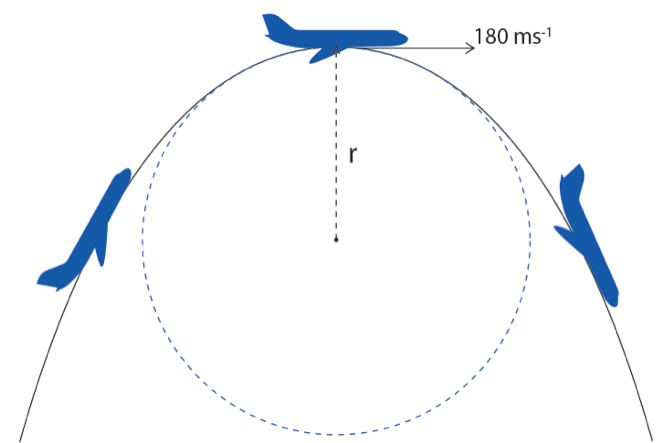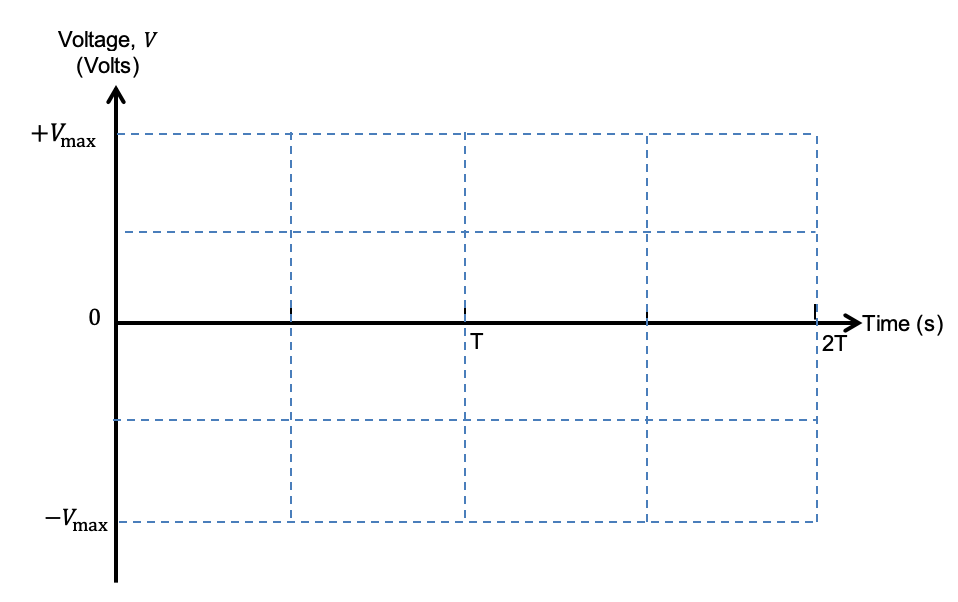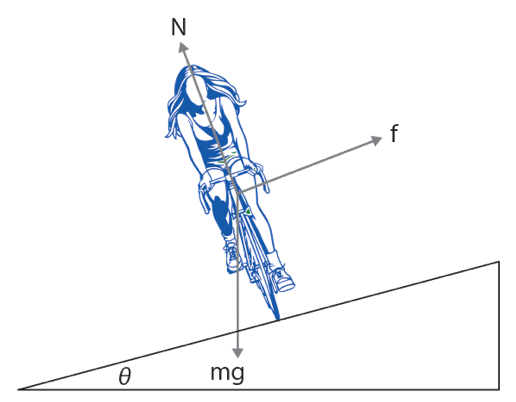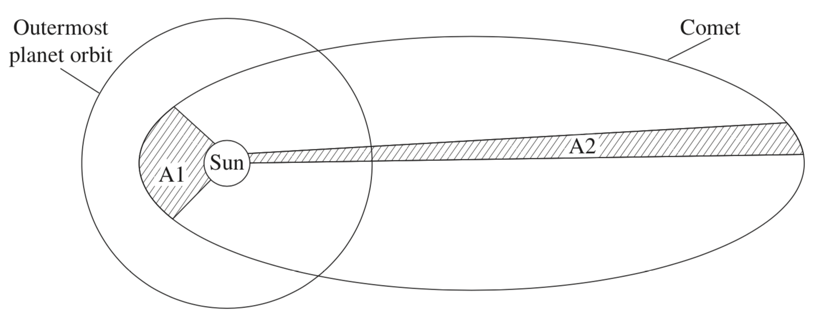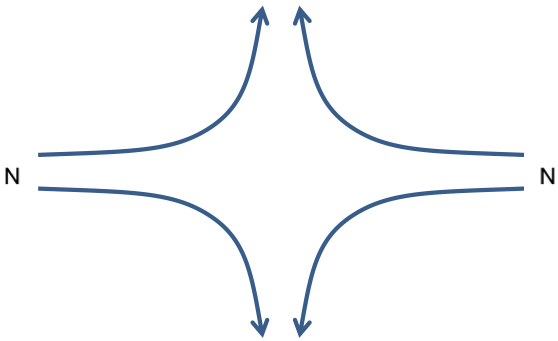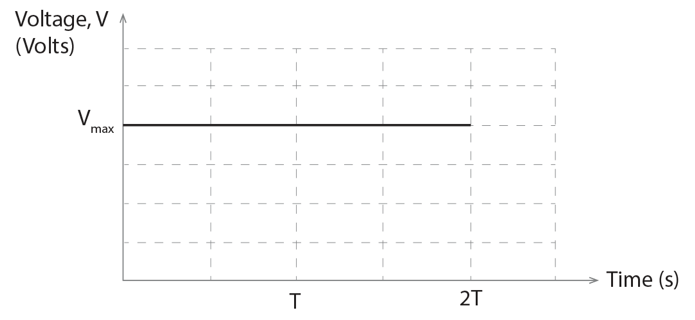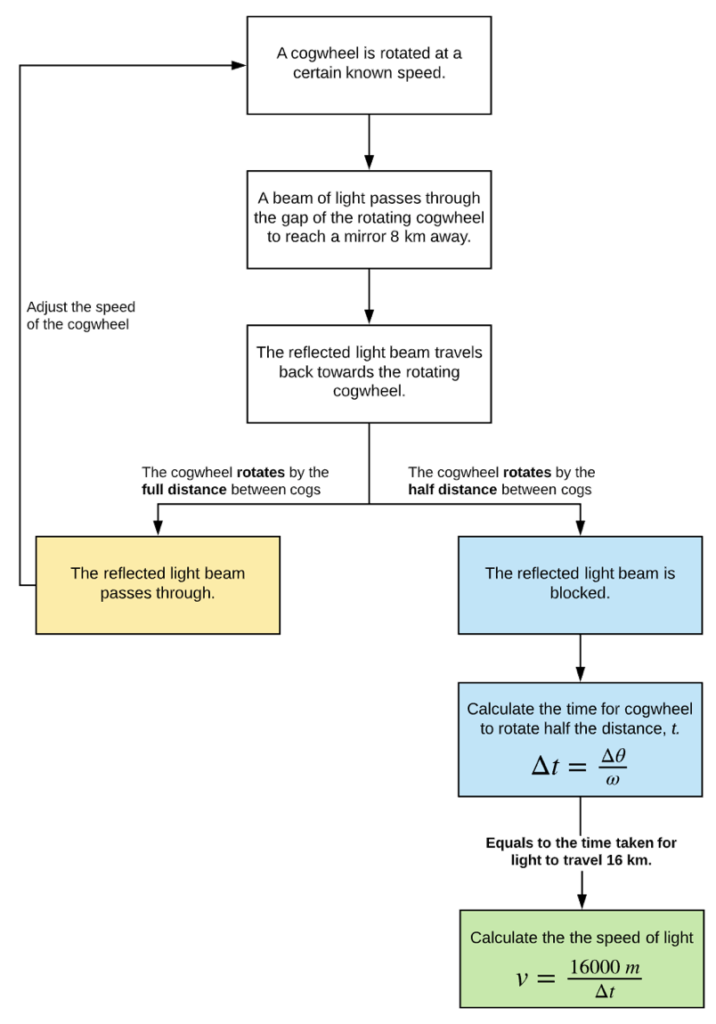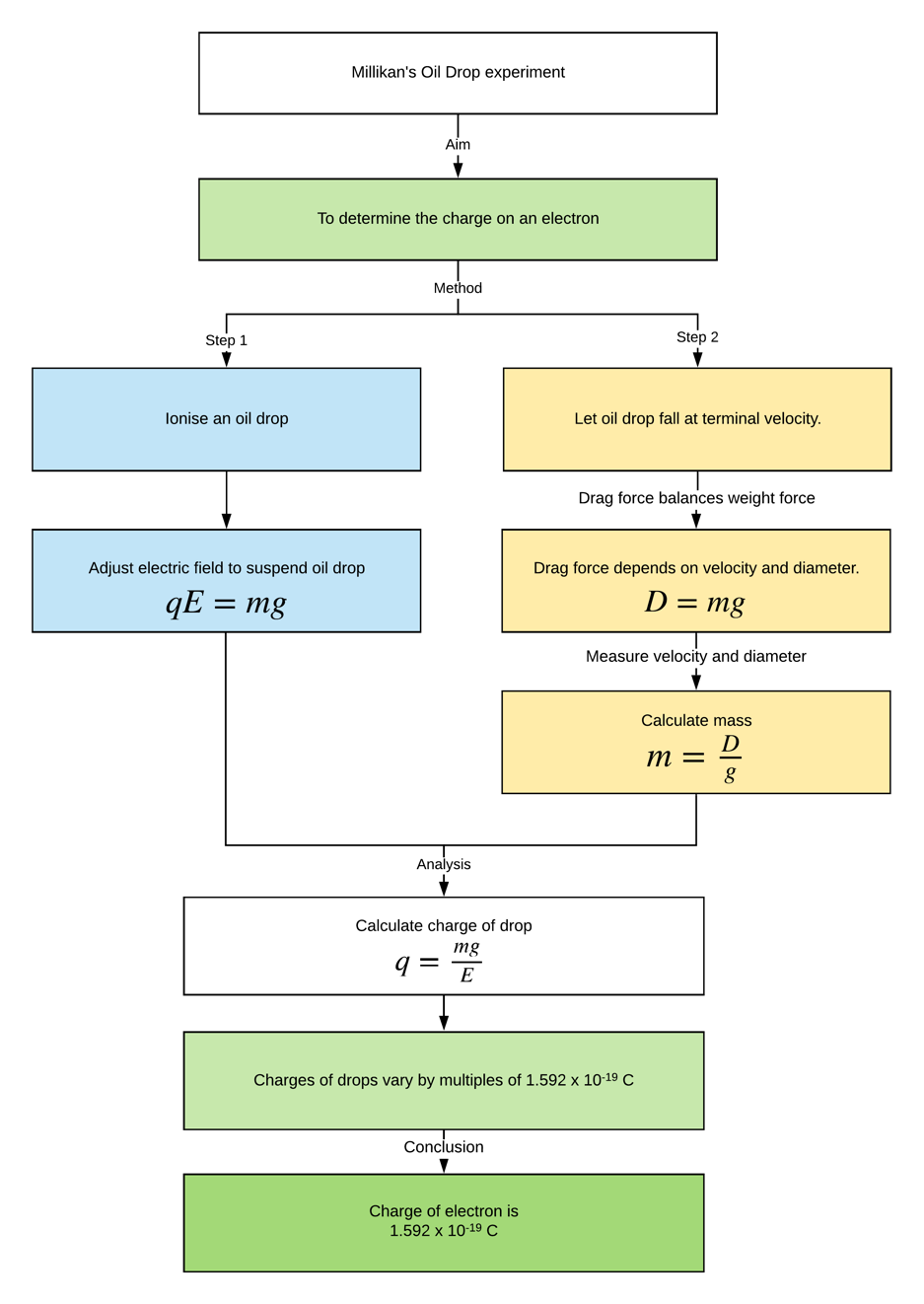20 Must Know HSC Physics Questions before your HSC Physics Exam
Are you wondering what will be in this year’s HSC Physics Exam?
Like other Year 12 Physics students, you’ve probably been frustrated by the lack of past HSC Physics exam papers available to guide your preparation for the upcoming HSC Physics Exam.
However, there is an advantage of the being the first cohort for sitting the HSC Physics Exam based on the new syllabus:
The exam questions are going to be a lot more predictable than you think.
Let’s examine the new HSC Physics topics introduced and the new HSC Physics exam questions that are likely to appear in this year’s HSC Physics Exam.
In this article, we’re going to discuss:
- New topics introduced in the 2019 HSC Physics syllabus
- ‘Module 5 Advanced Mechanics’ HSC Physics exam questions
- ‘Module 6 Electromagnetism’ HSC Physics exam questions
- ‘Module 7 The Nature of Light’ HSC Physics exam questions
- ‘Module 8 From the Universe to the Atom’ HSC Physics exam questions
- Solution
New Topics introduced in 2019 HSC Physics Syllabus
2019 HSC Physics syllabus introduced new topics over the four modules (Modules 5 – 8). Understanding the new changes will ensure that you are not misguided by the previous HSC exam questions based on the old syllabus.
Module 5 Advanced Mechanics
New topics introduced in ‘Module 5 Advanced Mechanics’ in the new 2019 syllabus are outlined below:
| New topics introduced the 2019 HSC Physics Syllabus | ||
| New Topics | Key Concepts | HSC Physics Question Types |
| Circular Motion | Uniform circular motion in the horizontal and vertical planes | Quantitative analysis of:
|
| Non uniform circular motion | Quantitative and qualitative analysis of Loop-de-loop maneuver | |
| Kepler’s Laws | Kepler’s first and second laws | Qualitative analysis of motion of objects in terms of Kepler’s first and second laws. |
| Energy of orbits | Energy of a satellite in orbit | Quantitative analysis of:
|
Module 6: Electromagnetism
New topics introduced in ‘Module 6 Electromagnetism’ from the new 2019 HSC Physics syllabus are outlined below:
| New topics introduced the 2019 HSC Physics Syllabus | ||
| Topic | Key Concept | HSC Physics Question Types |
| Magnetic field | Magnetic field produced by a conductor |
|
| Electromagnetic Induction | Faraday’s Law of electromagnetic induction |
|
Module 7: The Nature of Light
The new topics introduced in ‘Module 7 The Nature of Light’ in the new 2019 HSC Physics syllabus are outlined below:
| New topics introduced the 2019 HSC Physics Syllabus | ||
| New Topics | Key Concepts | HSC Physics Question Types |
| Wave Model of Light | Thomas Young’s double slit experiment |
|
| Polarisation of transverse waves | Using Malus’s Law to calculate the intensity of polarised light | |
| Measurements of the Speed of Light | Types of measurements of speed of light |
|
| Spectroscopy | Atomic & Stellar Spectra |
|
| Special Relativity | Relativistic momentum and mass dilation |
|
Module 8: From the Universe to the Atom
The new topics introduced in ‘Module 8 From the Universe to the Atom’ in the new 2019 HSC Physics syllabus are outlined below:
| New topics introduced in the 2019 HSC Physics Syllabus | ||
| New Topics | Key Concepts | HSC Physics Question Types |
| Millikan’s oil drop experiment | Charge of an electron | Qualitative and quantitative analysis of the results of the oil drop experiment |
| Schrodinger’s contribution | Schrodinger’s equation and the model of the atom | Discussing Schrodinger’s contribution to atomic theory |
| Nuclear stability and decay | Half life and activity |
|
| Expansion of the universe | Cepheid variable stars and Hubble’s law |
|
| The Big Bang Theory | Evolution of the universe |
|
| Classification of stars | Hertzsprung-Russell diagrams |
|
| Stellar evolution | Evolutionary stages for a star |
|
New HSC Physics Exam Questions on ‘Advanced Mechanics’
Question 1: Conical Pendulum
In a conical pendulum, a bob of mass 100 g is attached to a fixed point by a string of length 0.5 m and is rotating with constant speed in a horizontal circle of radius 0.3 m.
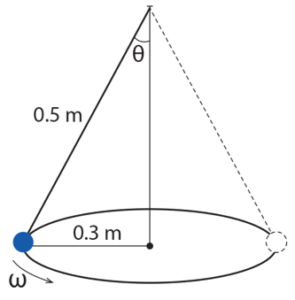
| (a) | Show that the acceleration of the bob is given by a = gtan\theta | 2 marks |
| (b) | Calculate the angular speed of the bob. Express your answer to two significant figures. | 3 marks |
| (c) | Hence or otherwise, calculate the centripetal force acting on the bob. Express your answer to two significant figures | 2 marks |
Question 2: Banked Track
A moving cyclist is perpendicular to a banked circular track which is 40° from horizontal, as pictured below:
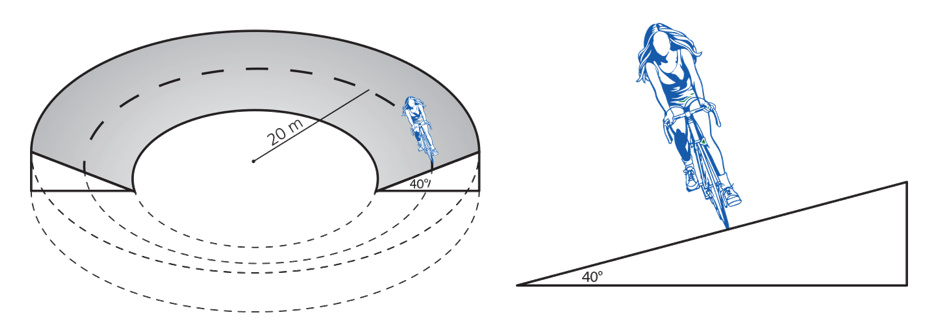
The cyclist is travelling around the circular track at a radius of 20 m.
| (a) | Find the components of force on the cyclist and relate these to centripetal force on the cyclist. | 2 marks |
| (b) | Use the equations in part (a) to derive an expression for the speed of the cyclist and calculate the speed of the cyclist. | 3 marks |
Question 3: Ferris wheel
The London Eye is the fourth largest Ferris wheel in the world. The wheel has a radius of 135 m and rotates once every 30 minutes. Each of the 32 capsules has a mass of 32 tonnes. A schematic representation of the London Eye is shown below.
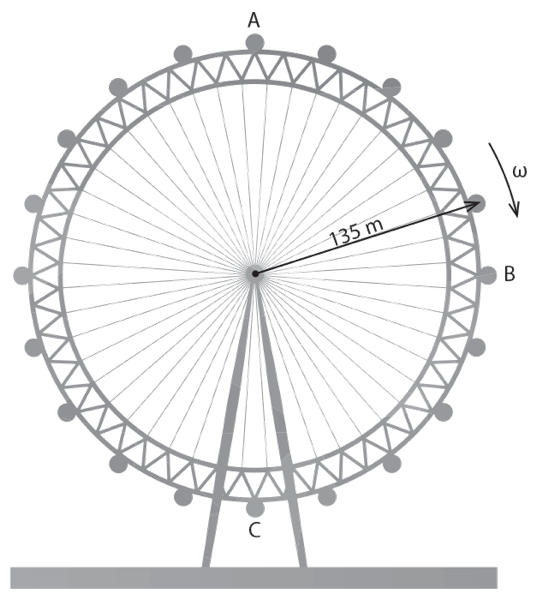
| (a) | Compare qualitatively the speed of carriage A, B and C. | 1 mark |
| (b) | Calculate the centripetal acceleration. | 2 marks |
| (c) | Calculate the force that needs to be applied to the carriage at C to keep it rotating. | 2 marks |
| (d) | Comment on how the magnitude of the force in (c) change compared to when the Ferris wheel is stationary. | 1 mark |
Question 4: Non-uniform circular motion
NASA takes its astronauts to zero gravity flights using Boeing 727 jets. The aircraft gives its passengers the sensation of weightlessness by following a parabolic flight path at an altitude of 10 000 m above the Earth’s surface.
At the top of the flight, the trajectory can be modelled as an arc of a circle. A typical trajectory is shown in the diagram below.
| (a) | Calculate the radius of the arc that would give passengers zero gravity at the top of the flight if the jet is travelling at 180 \ ms^{-1} . Show your working | 2 marks |
| (b) | Is the force of gravity on a passenger zero at the top of the flight? Explain what ‘zero gravity experience’ means | 3 marks |
Question 5: Kepler’s Second Law
The orbit of Halley’s comet is shown below.
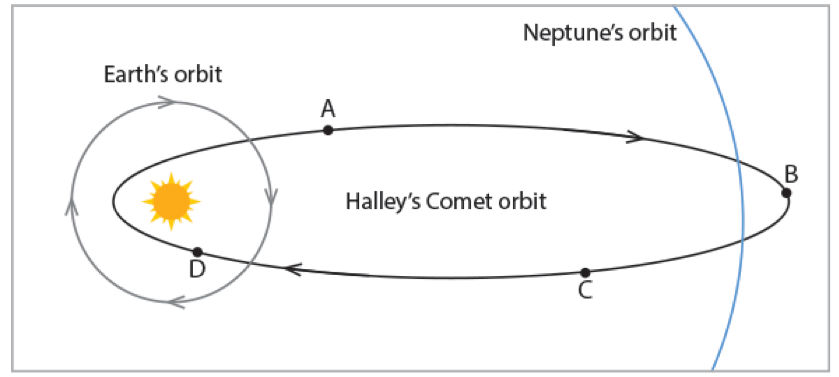
| (a) | At which position is Halley’s comet moving the slowest? Give a reason for your answer. | 2 marks |
| (b) | Explain how the motion of the Halley’s comet in its orbit supports Kepler’s second law. | 3 marks |
New HSC Physics Exam Questions on ‘Electromagnetism’
Question 6: Magnetic field strength of a solenoid
Two identical solenoids are positioned in a line as shown below. A current of 2 A flows through the coils and produces magnetic fields.
Ignore the effects of Earth’s magnetic fields.
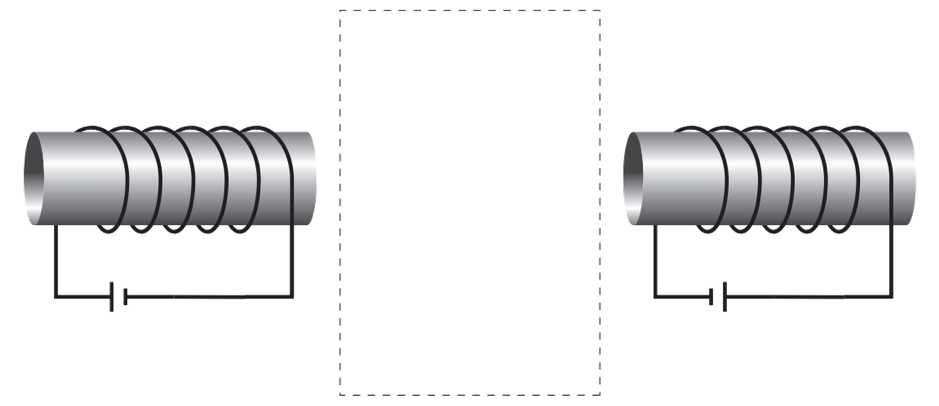
| (a) | Sketch at least four field lines in the space enclosed by the dotted line. Clearly indicate the direction of each field line. | 2 marks |
| (b) | Calculate the magnetic field strength produced by each solenoid.
| 2 marks |
Question 7: Electromagnetic induction
A rigid metal rod AB is mounted on a rotating stand on a horizontal table. The rod rotates in a horizontal circle at constant speed in uniform magnetic field directed downward as shown in the diagram.
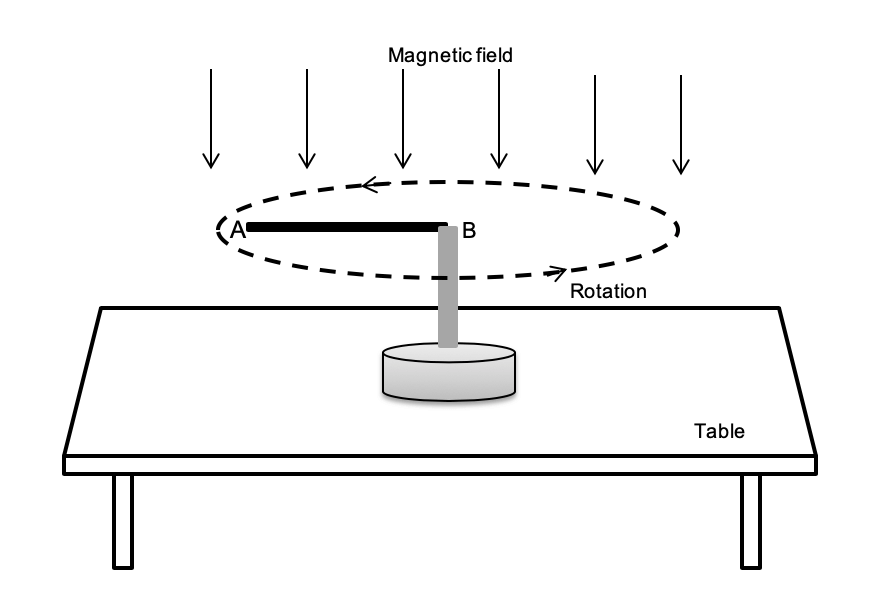
| (a) | Which end of the rod is negative? | 1 mark |
| (b) | Explain how the EMF is produced in the rod. | 3 marks |
| (c) | Sketch a graph of induced emf versus time for two rotations.
| 2 marks |
Question 8: Quantitative analysis of Faraday’s Law of electromagnetism
A circular coil of 100 turns with a radius of 2.0 cm is placed in a changing magnetic field. The angle between the magnetic field lines and the plane of the coil is 90 degrees. The graph below shows the variation with time of the magnetic field strength.
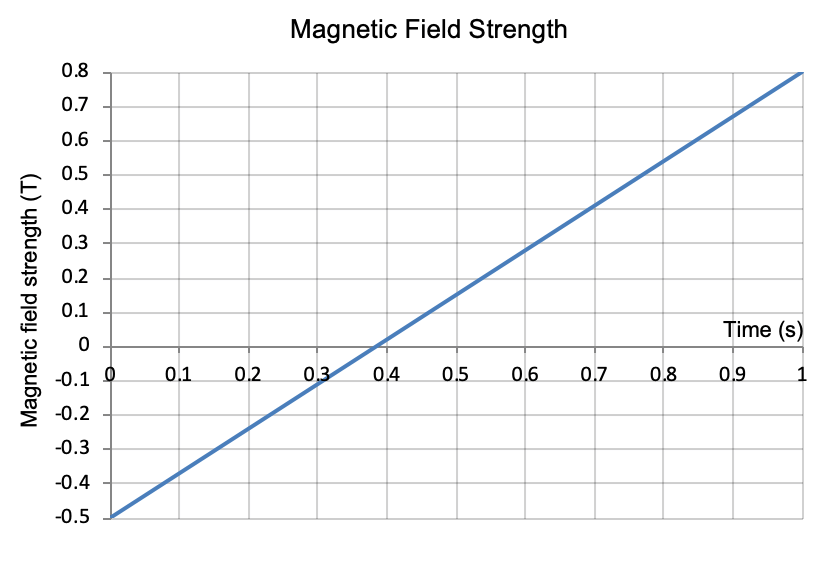
| (a) | From the graph, calculate the change in magnetic flux experienced by the coil over the 1 second period. | 2 marks |
| (b) | Calculate the magnitude of the induced emf in the coil. | 2 marks |
Related: Additional Module 6 Practice Questions
New HSC Physics Exam Questions on ‘The Nature of Light’
Question 9: Thomas Young’s Double Slit Experiment
An experimental setup to demonstrate Young’s double slit experiment is shown below.
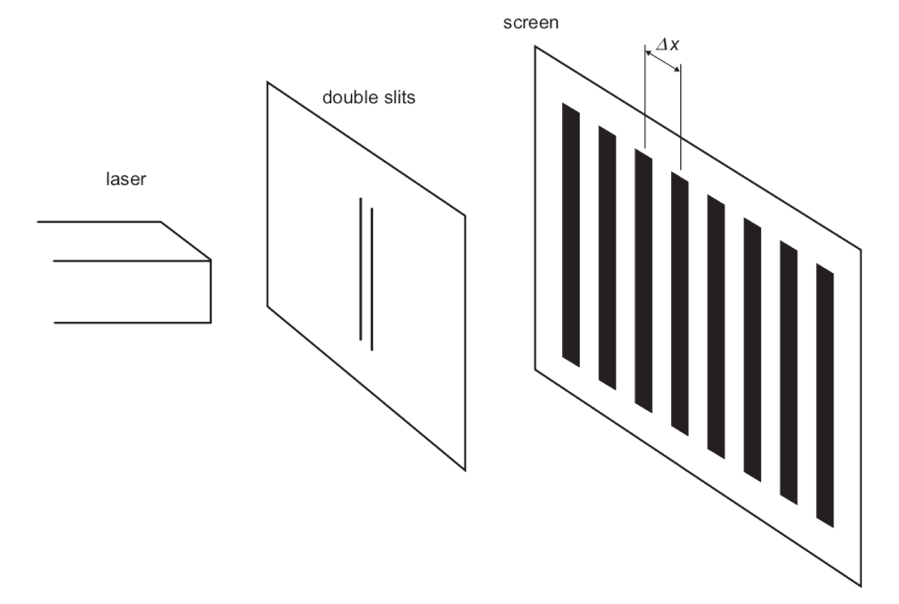
A pattern of bright and dark bands is observed on the screen. Explain two changes that will increase the distance, Δx, between dark bands in this double slit interference pattern. (3 marks)
Question 10: Polarisation of transverse waves
An unpolarised beam of light passes through a series of polarisers as shown below.

Calculate the ratio of the intensities of the transmitted light, IC to IA. (2 marks).
Question 11: Time of flight measurements
In the 1840s, French physicist, Hippolyte Fizeau performed an experiment to measure the speed of light.
Describe the method he used to determine the speed of light. You may use a diagram to assist your answer. (4 marks)
Question 12: Spectra of different light sources
The spectra of light from two different light sources are shown in the diagram below. The dashed lines indicate the range of visible wavelengths.
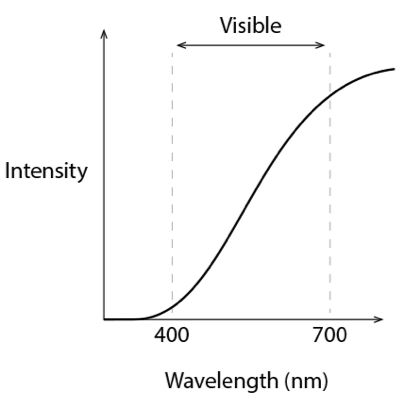 | 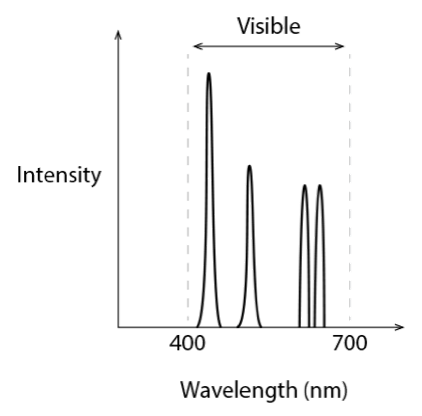 |
| Spectrum A | Spectrum B |
Four possible light sources are listed below:
- Blue laser light
- Mercury vapour lamp (discharge tube filled with Mercury vapour)
- 100 W incandescent globe
- Sunlight
Identify the light source for Spectrum A & B. Give reason for your answer. (4 marks)
Question 13: Spectra of stars
The diagram below shows absorption spectra of a certain element from a discharge tube and two stars, A and B. Stars A and B are known to be stationary in space relative to the Earth.
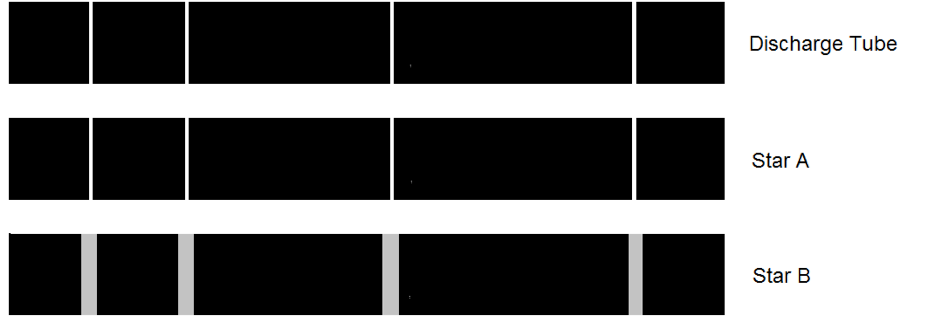
| (a) | Outline the rotational motion of each star, giving reasons for your answer. | 2 marks |
| (b) | Outline how the Doppler effect gives information about the translational motion of a star. | 2 marks |
Question 14: Hafele-Keating experiment
The Hafele-Keating experiment is a famous experiment where three atomic clocks were synchronised and two were then flown around the world – one with the Earth’s rotation, and one in the opposite direction – while the third remained on the ground.
| (a) | State the results of the experiment. | 2 marks |
| (b) | Outline how the results from this experiment support the theory of Special Relativity. | 3 marks |
New HSC Physics Exam Questions on ‘From the Universe to the Atom’
Question 15: Millikan’s oil drop experiment
Millikan and Fletcher’s determined the charge of an oil drop.
| (a) | Outline how the charge was measured. | 3 marks |
| (b) | State the conclusion of their experiment | 1 mark |
Question 16: Schrodinger’s contributions to atomic theory
Describe how contributions to atomic theory made by Schrodinger changed the de Broglie-Bohr model of the atom. (4 marks)
Question 17: Half-life & decay constant
Technetium-99m is a commonly used medical radioisotope. It is a gamma emitter and is used for diagnosing a number of bone conditions.
The graph below shows the decay rate for a radioisotope in the blood of a patient after a nuclear medicine procedure.
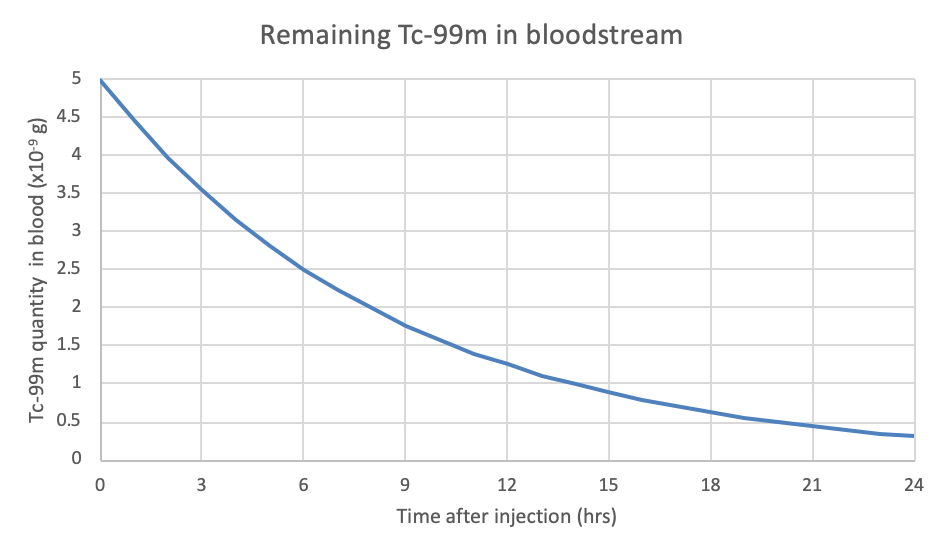
| (a) | What is the half-life of Technetium-99m? | 1 mark |
| (b) | Calculate the decay constant λ for technetium-99m. | 2 marks |
Question 18: Hubble’s Law
Hubble provided observation proof that the universe was expanding and supported the prediction of Friedmann of an expanding universe.
Explain how he used cosmic redshift observations and Cepheid variable stars to provide the observational proof. (5 marks)
Question 19: Hertzsprung-Russell Diagram
A possible evolutionary path of a star is shown on the Hertzsprung-Russell (H-R) diagram.
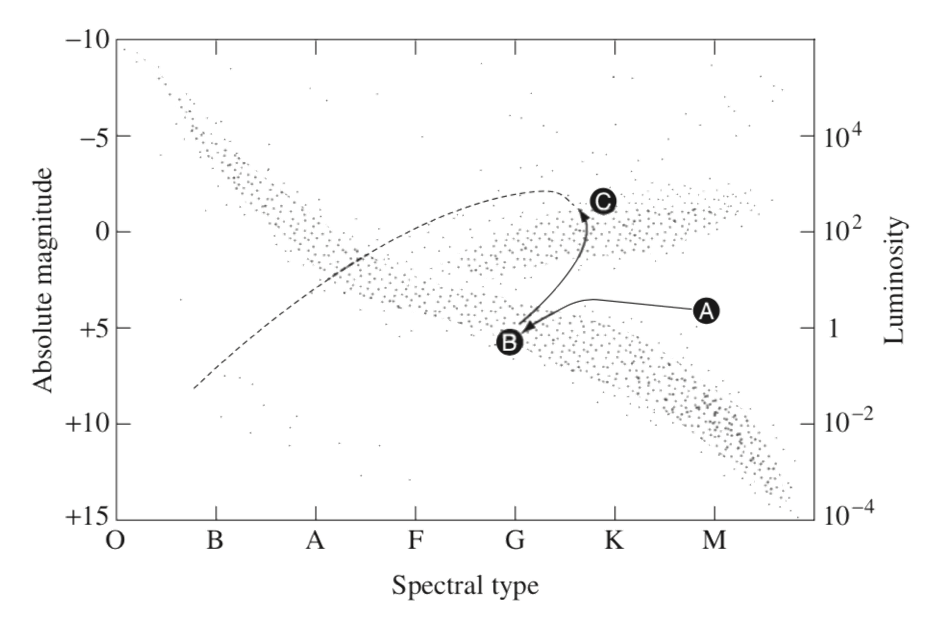
| (a) | Which of the stars is producing the greatest amount of light? Give a reason for your answer. | 2 marks |
| (b) | Which star has the lowest surface temperature? Give a reason for your answer. | 2 marks |
Question 20: Evolutionary stages for a star
The evolutionary tracks of two stars, X and Y, are shown in the diagram below.
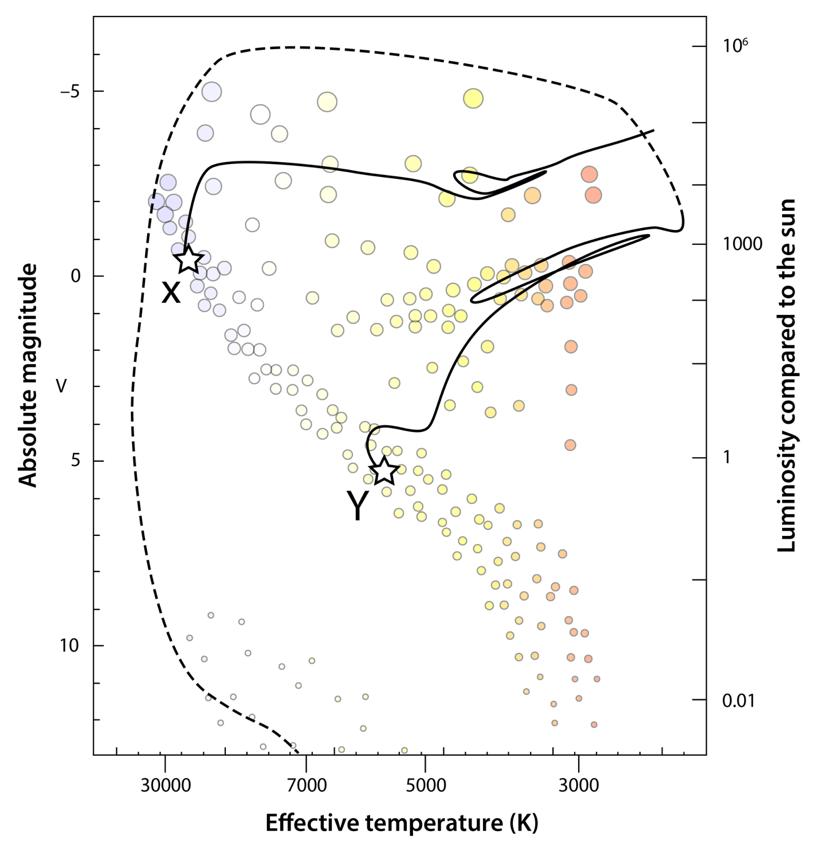
| (a) | Briefly explain the initial stage of formation of a star. | 2 marks |
| (b) | Which star, X or Y, has the larger mass? Give a reason for your choice. | 2 marks |
| (c) | Explain why a star ten times more massive than the Sun stays on the main sequence for a much shorter time than a star of 1 solar mass | 2 marks |
| (d) | The evolution of star Y after it leaves the main sequence can be summarised as follows: Red giant → Planetary nebula → White dwarf Describe the properties of Red giant and White dwarf in terms of
| 3 marks |
Related: Additional Module 8 Practice Questions
Solution
Test your Physics Exam readiness with Learnable’s customisable quizzes.
Get free access to 1000+ exam style questions written by expert HSC teachers for the new syllabus. Discover your strengths and weakness with instant feedback on your quizzes.
Try for free now.

Learnable Education and www.learnable.education, 2019. Unauthorised use and/or duplications of this material without express and written permission from this site's author and/or owner is strictly prohibited. Excerpts and links may be used, provided that full and clear credit is given to Learnable Education and www.learnable.education with appropriate and specific direction to the original content.
